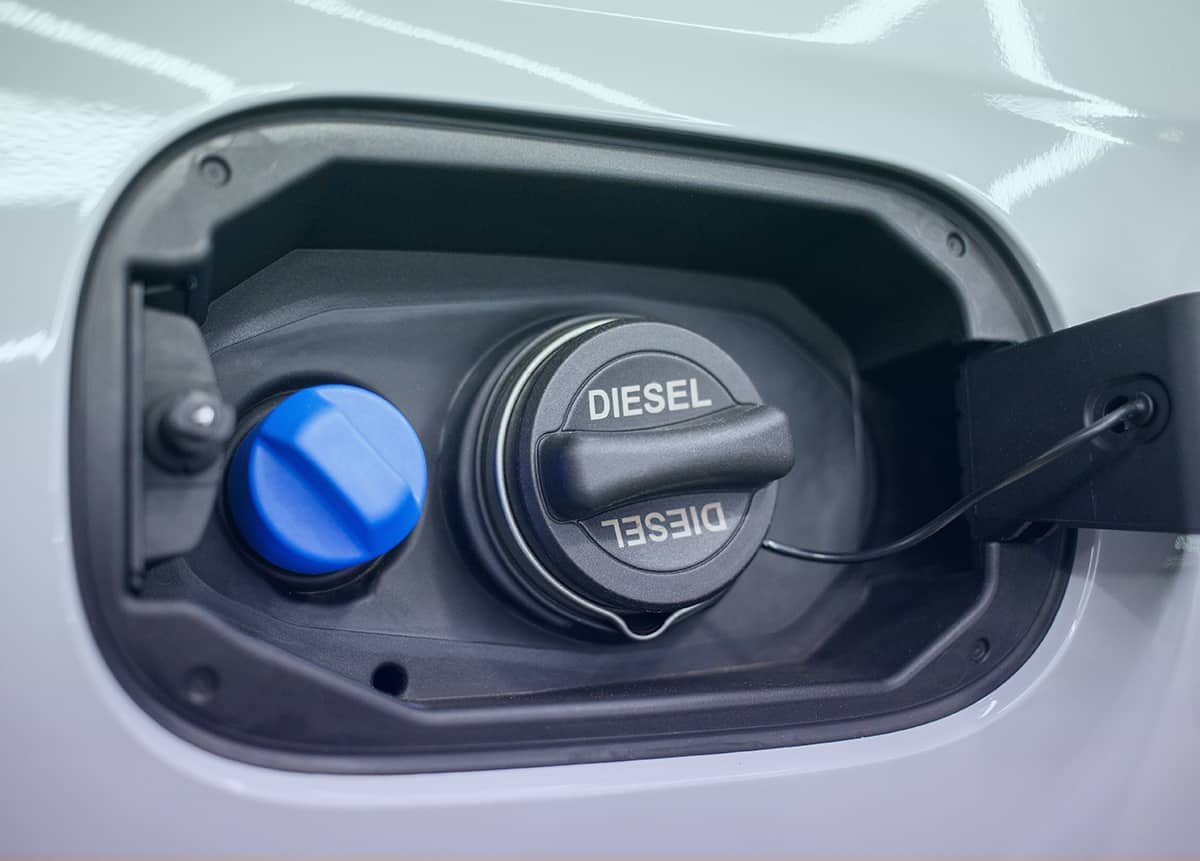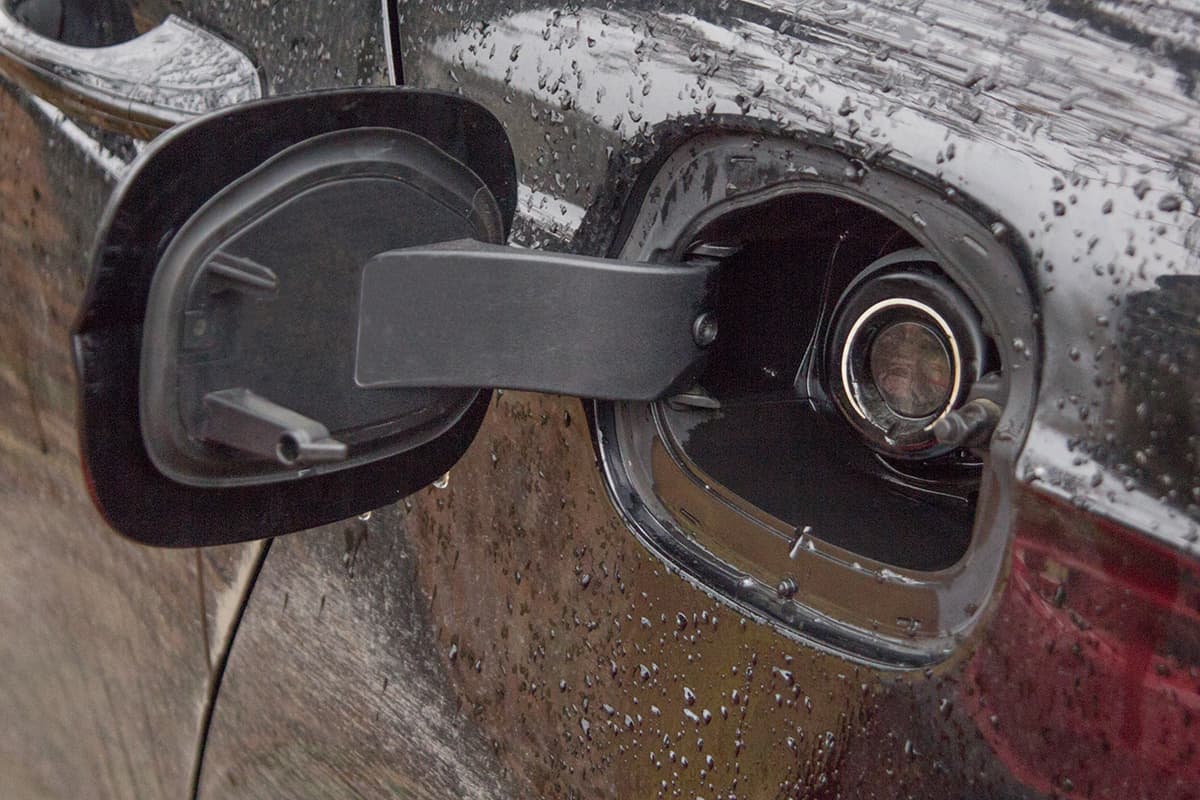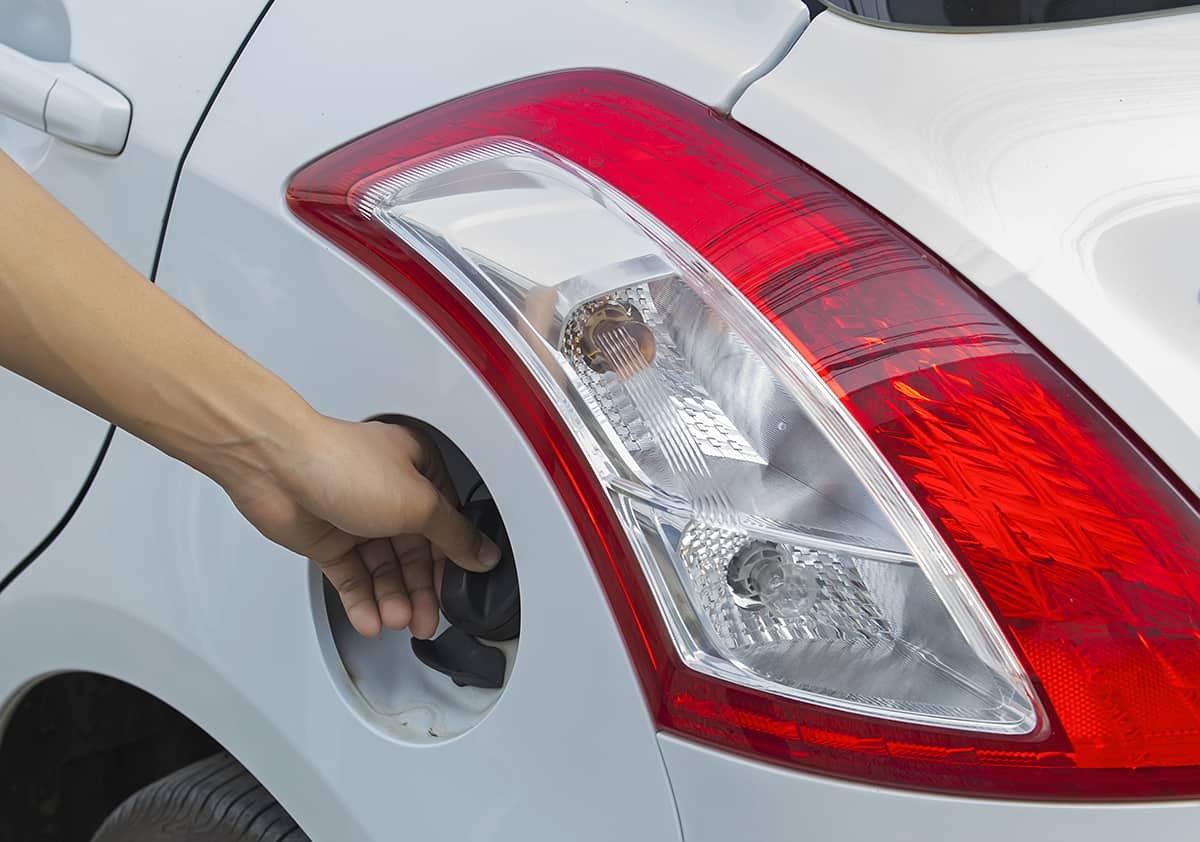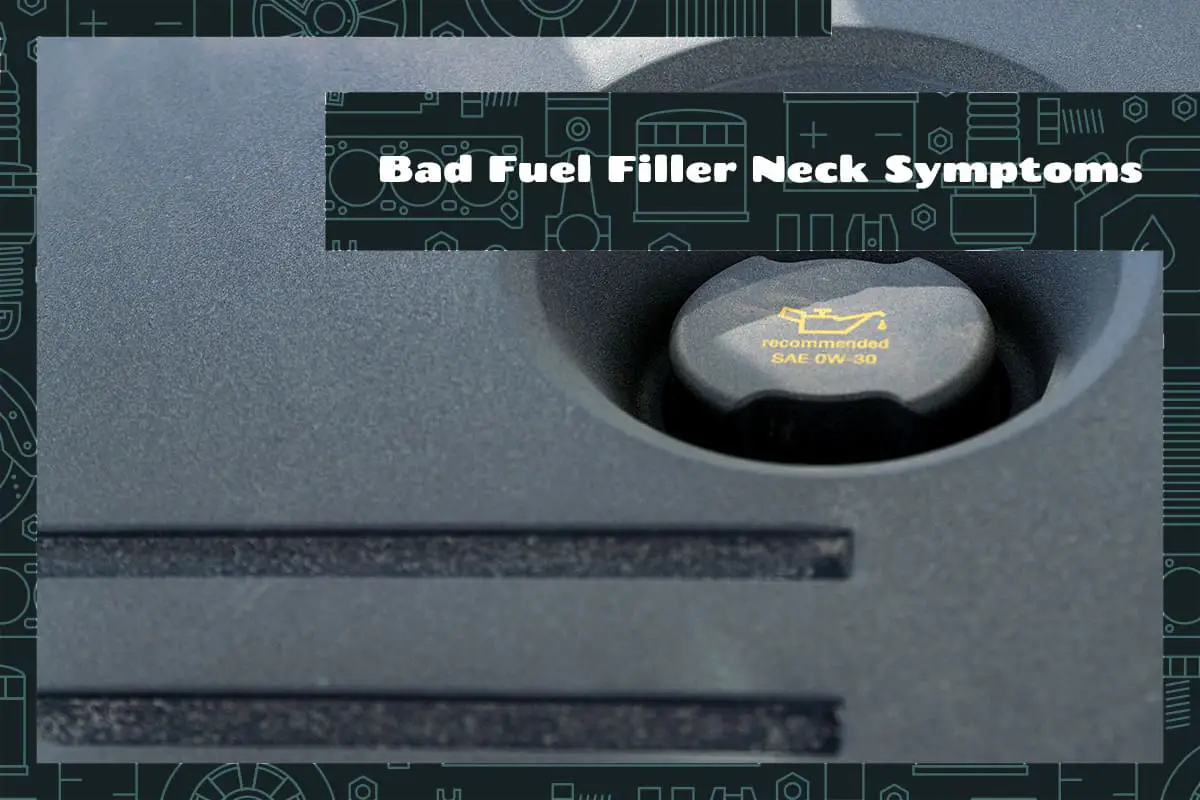Fuel filler necks may not frequently cross the mind of most vehicle owners, but they are a critical component of a car’s fuel system. They serve as the passage for fuel to travel from your gas pump nozzle into your car’s fuel tank. Like any other part of your vehicle, the fuel filler neck can wear out or become damaged over time, impacting your car’s performance and safety.
The following symptoms may indicate a failing fuel filler neck:
- Difficulty in refueling
- Unpleasant fuel odor
- Check engine light illumination
- Visible fuel leaks
- Decreased fuel efficiency
- Failed emissions test
This article will delve into the details of each symptom, explain the common causes of fuel filler neck problems, guide you through diagnosis, and recommend solutions. It will also provide tips on how to prevent these issues, ensuring the longevity of your vehicle’s fuel system.
What Is the Fuel Filler Neck?

The fuel filler neck is a key component of your car’s fuel system, often overlooked due to its simplicity but critical for its proper functioning. It serves as a conduit, allowing the fuel you pump at the gas station to enter your vehicle’s fuel tank.
The fuel filler neck is more than just a simple pipe. It’s a complex assembly designed with several integral components, each fulfilling a unique purpose to ensure the safe and efficient operation of your vehicle.
- The Pipe: The main part of the fuel filler neck is a pipe, typically shaped to fit the design of the vehicle, ensuring a secure and easy connection to the fuel tank. This pipe must withstand corrosion from fuel and weather, emphasizing the importance of its material and quality.
- Cap and Seal: At the top of the fuel filler neck is the fuel cap, a small but vital component. It creates a seal, preventing fuel from escaping and contaminants from entering the fuel system. Many fuel caps also include a pressure release system to prevent excessive pressure buildup in the fuel tank.
- Check Valve: Many modern vehicles include a check valve within the fuel filler neck. This one-way valve allows fuel to enter the tank but prevents it from flowing back up the neck, enhancing safety during refueling.
Bad Fuel Filler Neck Symptoms
The health of your vehicle depends significantly on the proper functioning of its components, including the fuel filler neck. When it malfunctions, your car exhibits certain symptoms. Here’s an in-depth look into these symptoms and what they mean for your vehicle.
1. Difficulty in Refueling
If you’re facing resistance while trying to pump gas or the pump keeps shutting off prematurely, this could indicate a problem with your fuel filler neck. The neck could be clogged or damaged, causing an interruption in the flow of fuel into your tank.
2. Unpleasant Fuel Odor
Noticing a strong smell of gasoline near your car, especially after refueling, is a sign you shouldn’t ignore. This could mean your fuel filler neck has a leak, allowing fuel to escape and causing the odor.
3. Check Engine Light Illumination
Your car’s computer monitors all its vital components, including the fuel system. A malfunctioning fuel filler neck can cause the check engine light to illuminate on your dashboard. While this light could indicate various issues, a diagnostic tool can confirm if it’s due to the fuel filler neck.
4. Visible Fuel Leaks
Seeing puddles of fuel under your car, particularly after refueling, is a serious sign of a faulty fuel filler neck. This indicates that fuel is escaping, likely due to a crack or hole in the neck, and needs immediate attention.
5. Decreased Fuel Efficiency
A malfunctioning fuel filler neck can negatively affect your car’s fuel efficiency. If you find yourself needing to refuel more frequently than usual, it may be due to fuel leakage or a disrupted flow of fuel into your engine.
6. Failed Emission Tests
A leaking or damaged fuel filler neck can cause your car to fail an emissions test. This is because fuel vapors escaping from a faulty neck can increase your vehicle’s emissions above the permitted levels.
Causes of Fuel Filler Neck Problems

The symptoms listed above will tell you whether the fuel filler neck is problematic, but they won’t do much to reveal the underlying cause. Various factors can cause the fuel filler neck to malfunction, and these are some of the most common ones.
1. General Wear and Tear
Constant exposure to fuel and external elements like temperature fluctuations and road salts can cause the neck’s material to corrode or wear down. This wear and tear can lead to leaks, blockages, and, ultimately, a malfunctioning fuel system.
2. Corrosion
Fuel filler necks are typically made of corrosion-resistant metals. However, they aren’t completely immune to rusting. This corrosion can be a result of exposure to moisture, road salt, or simply the long-term effects of gasoline contact. A corroded neck can develop holes or cracks, leading to leaks and other fuel system issues.
3. Accidental Damage
Sometimes, external factors can cause damage to the fuel filler neck. For instance, improper handling during refueling can cause physical damage. Also, if your vehicle scrapes against a high curb or debris on the road, it might damage the neck.
4. Faulty Installation
If the fuel filler neck isn’t properly installed, it can lead to issues down the road. Incorrect installation can result in a poor seal, causing leaks and leading to a range of symptoms, from a gas smell to decreased fuel efficiency.
Solutions and Recommendations for Bad Fuel Filler Neck

The first step towards resolving any issue with your fuel filler neck is a thorough inspection and diagnosis. If you’re experiencing any of the symptoms mentioned earlier, it’s essential to inspect the neck for visible signs of damage or wear.
Professional Repair or Replacement
If the fuel filler neck is indeed damaged, it usually needs to be replaced. The replacement process involves removing the damaged part and installing a new one. This procedure can be quite complex and is typically best left to professionals. An experienced mechanic can ensure the replacement is done correctly and safely.
DIY Replacement of the Fuel Filler Neck
If you’re comfortable with automotive DIY projects and have the necessary tools, you can attempt to replace the fuel filler neck yourself. However, it’s important to ensure your safety during this process. Here’s a step-by-step guide based on the video tutorial by TRQ for Nissan Titans :
- Safety First: Before starting, make sure your vehicle is parked on a level surface, the engine is off, and the parking brake is engaged. Wear safety glasses and gloves.
- Relieve Fuel System Pressure: Remove the fuel cap to relieve any pressure in the fuel system.
- Remove the Old Filler Neck: Locate the fuel filler neck. It’s usually accessible from the gas cap area and underneath the vehicle. Disconnect it from the fuel tank, which often involves removing clamps or bolts.
- Disconnect Hoses: There might be additional hoses attached to the neck, such as a vent hose. Make sure to disconnect these as well.
- Install the New Filler Neck: Once the old part is removed, install the new fuel filler neck. Ensure it’s correctly aligned and secured with the necessary clamps or bolts.
- Reconnect Hoses: Reattach any hoses you disconnected during the removal process.
- Check for Leaks: After installation, refill your fuel tank and check for any leaks.
This DIY process can save you a trip to the mechanic, but it’s crucial to only attempt it if you’re confident in your abilities and have the necessary equipment.
FAQs
1. How much does it cost to replace a fuel filler neck?
The cost of replacing a fuel filler neck can vary significantly depending on several factors, such as the make and model of your vehicle, the specific part cost, and labor charges in your area.
On average, the replacement part itself can range from $50 to $300. When you factor in labor costs, the total expense typically falls between $100 and $400. However, high-end or specialty vehicles may require more expensive parts or labor, increasing the cost.
2. What is the lifespan of a typical fuel filler neck?
Fuel filler necks are designed to last for a long time. However, the lifespan can vary based on several factors, including the quality of the part, the conditions under which the vehicle is driven, and how well the vehicle is maintained.
The typical fuel filler neck should last at least ten years. However, if the vehicle is driven in harsh conditions, such as on salted roads or in a high-humidity environment, the fuel filler neck may corrode or wear out more quickly.
3. Are all fuel filler necks the same?
No, all fuel filler necks are not the same. They vary in size, shape, and material, depending on the make and model of the vehicle. While most fuel filler necks perform the same basic function—to provide a pathway for fuel to move from the gas pump into the vehicle’s fuel tank—they are designed to fit specific vehicles for optimal performance and fuel efficiency.
When replacing a fuel filler neck, make sure the replacement part is compatible with your specific vehicle model.






